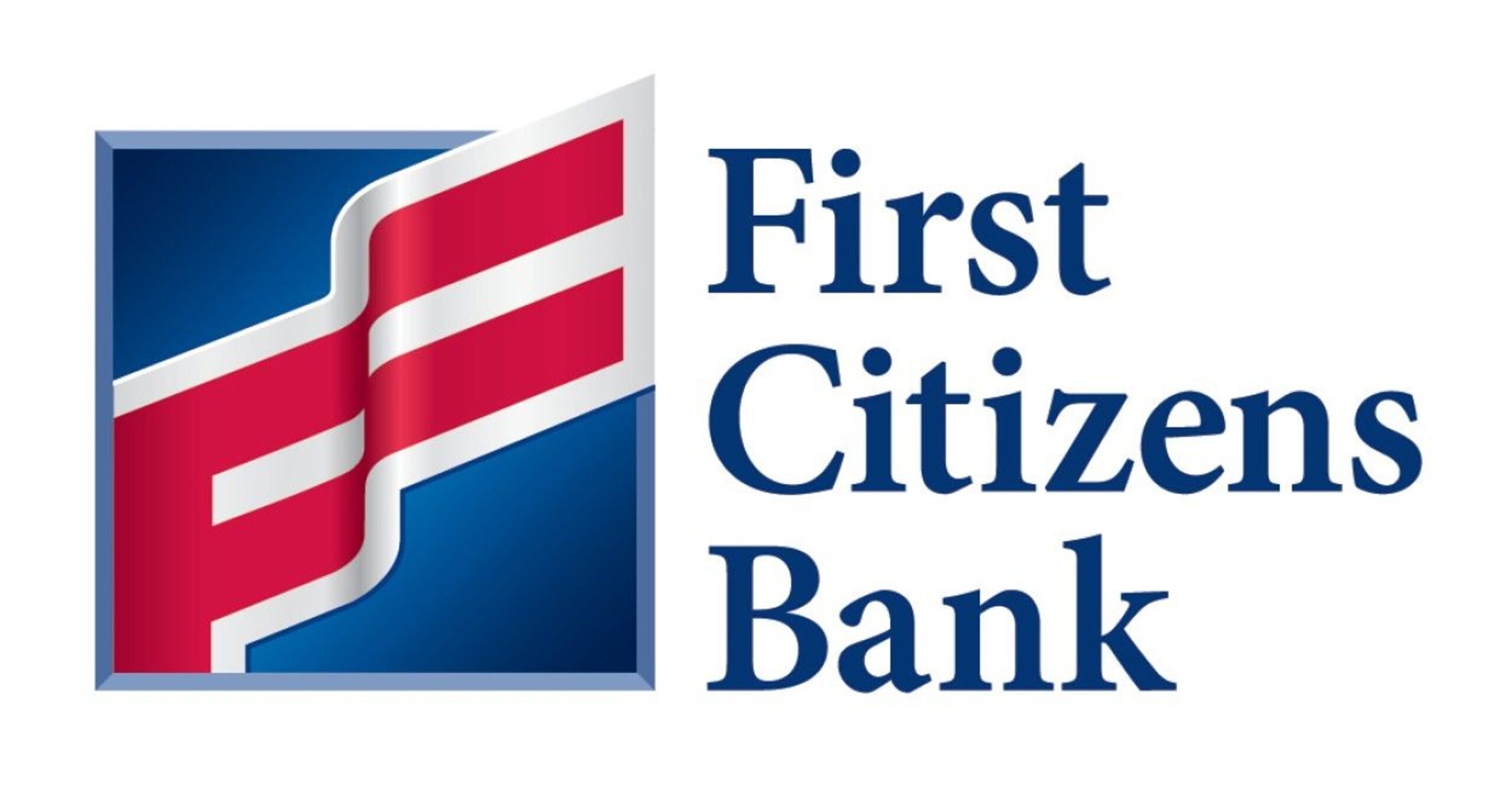Modular Roundabouts: A lower cost way to go round
- November 3, 2022
- Posted by: Jacob Rigg
- Category: Blog
Roundabouts are a great way to improve safety, reduce traffic accidents, promote safe driving, and reduce delays at intersections. They do have one major drawback, however: they are typically more expensive than adding stoplights at an intersection.
The ongoing operational costs of roundabouts are often lower than a traffic signal: there is no electricity to run a signal, no inductive loops to maintain or repair, etc. Of course, those benefits accrue over time, and getting to that point can be a challenge.
There may be a new way to bend the cost curve, and make roundabouts far more viable, at least at some locations. In fact there are two: one is to make them smaller, and the other is to make them cheaper. In more formal terms, those solutions are “mini roundabouts” and “modular roundabouts”.
RTA commissioned a study from RTA Silver Member Bolton & Menk to explore Modular Roundabouts. These have the potential to retain most or all of the benefits of a traditional roundabout, but at the fraction of the cost.
Modular roundabouts can be built upon existing cross intersections. They can use recycled pavement and other materials to construct the central circular island and the splitter islands at the entrances. One example in Franklin, North Carolina was built using NCDOT forces, with less than $50,000 in material costs.
You can view the report via our new RTA modular roundabout page: www.letsgetmoving.org/ModularRoundabouts.
Let’s get moving,
Joe
Joe Milazzo II, PE
Executive Director
Regional Transportation Alliance

























